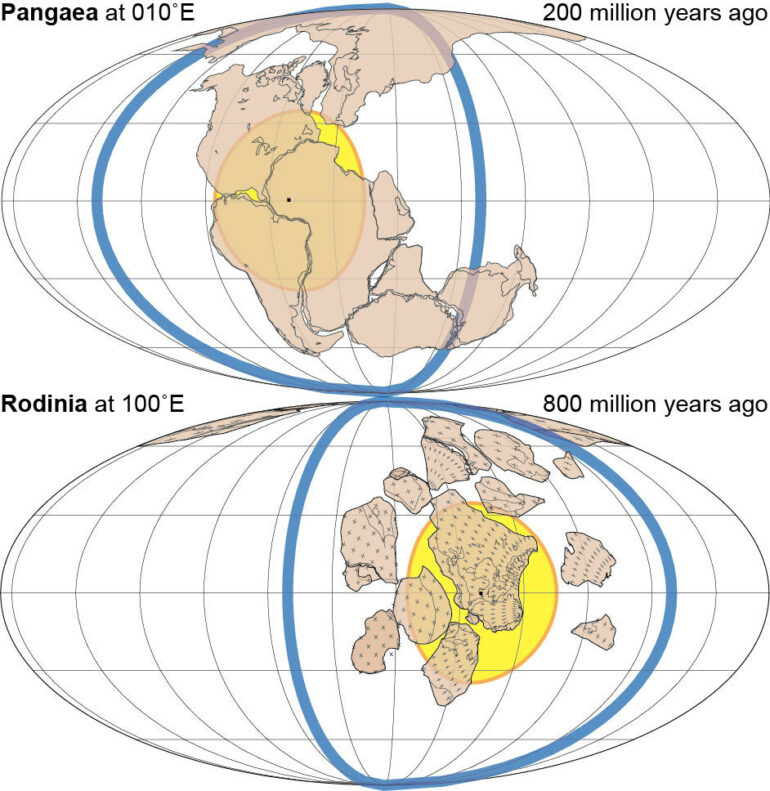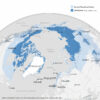New Curtin University-led research has found that the world’s next supercontinent, Amasia, will most likely form when the Pacific Ocean closes in 200 to 300 million years.
Published in National Science Review, the research team used a supercomputer to simulate how a supercontinent forms and found that because the Earth has been cooling for billions of years, the thickness and strength of the plates under the oceans reduce with time, making it difficult for the next supercontinent to assemble by closing the “young” oceans, such as the Atlantic or Indian oceans.
Lead author Dr. Chuan Huang, from Curtin’s Earth Dynamics Research Group and the School of Earth and Planetary Sciences, said the new findings were significant and provided insights into what would happen to Earth in the next 200 million years.
“Over the past 2 billion years, Earth’s continents have collided together to form a supercontinent every 600 million years, known as the supercontinent cycle. This means that the current continents are due to come together again in a couple of hundred of million years’ time,” Dr. Huang said.
“The resulting new supercontinent has already been named Amasia because some believe that the Pacific Ocean will close (as opposed to the Atlantic and Indian oceans) when America collides with Asia. Australia is also expected to play a role in this important Earth event, first colliding with Asia and then connecting America and Asia once the Pacific Ocean closes.
“By simulating how the Earth’s tectonic plates are expected to evolve using a supercomputer, we were able to show that in less than 300 million years’ time it is likely to be the Pacific Ocean that will close, allowing for the formation of Amasia, debunking some previous scientific theories.”
The Pacific Ocean is what is left of the Panthalassa super ocean that started to form 700 million years ago when the previous supercontinent started to break apart. It is the oldest ocean we have on Earth, and it started shrinking from its maximum size since the dinosaur time. It is currently shrinking in size by a few centimeters per year and its current dimension of about 10 thousand kilometers is predicted to take 200 to 300 million years to close.
Co-author John Curtin Distinguished Professor Zheng-Xiang Li, also from Curtin’s School of Earth and Planetary Sciences, said that having the whole world dominated by a single continental mass would dramatically alter Earth’s ecosystem and environment.
“Earth as we know it will be drastically different when Amasia forms. The sea level is expected to be lower, and the vast interior of the supercontinent will be very arid with high daily temperature ranges,” Professor Li said.
“Currently, Earth consists of seven continents with widely different ecosystems and human cultures, so it would be fascinating to think what the world might look like in 200 to 300 million years’ time.”
More information:
Chuan Huang et al, Will Earth’s next supercontinent assemble through the closure of the Pacific Ocean?, National Science Review (2022). DOI: 10.1093/nsr/nwac205
Citation:
Pacific Ocean set to make way for world’s next supercontinent (2022, September 30)



